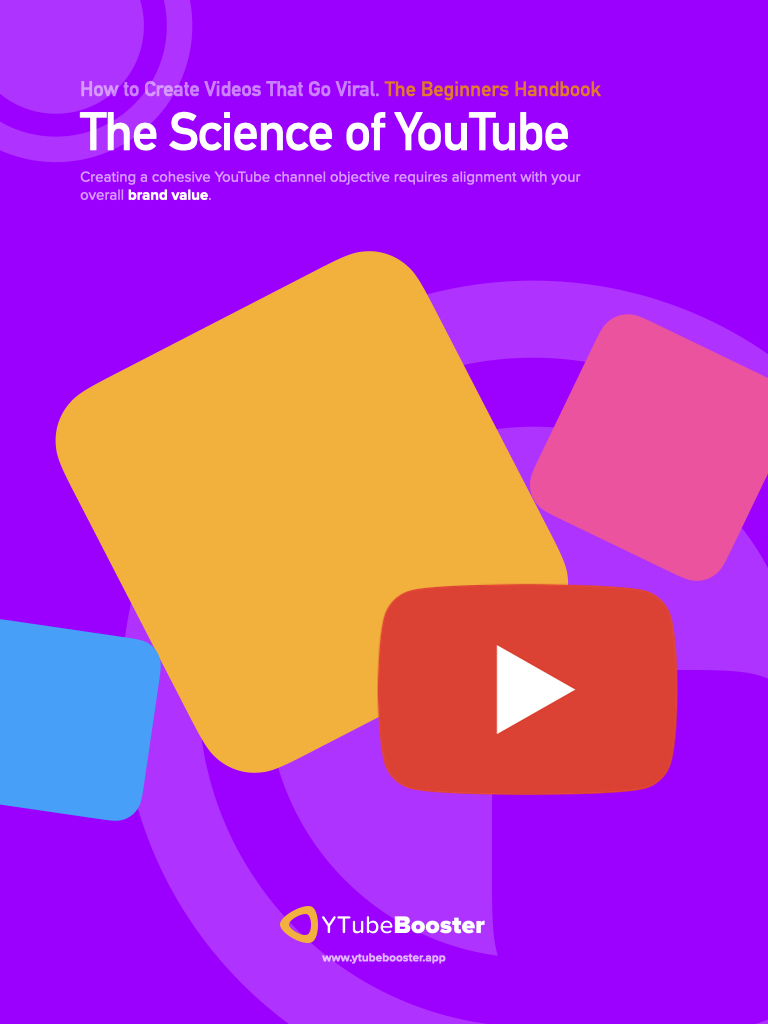What is transcoding, and why is it important?
Quality is the mascot when online, and your video content needs top-notch presentation in every pixel. Video files can be quite large, especially when they have high quality or a lot of footage. The sheer size can overwhelm your computer system. Video Transcoding takes the weight off here like a shock absorber in your car. It involves making a new copy of your video files in different formats. This singular act improves playback when editing. So, transcoding creates video files more compatible with your editing platform. It takes the strain out of your system.
The video transcoding process.
When your editing app gets confronted with multiple apps, it can drop frames like a loose juggler. Not intentionally, though; it struggles to decode media in real-time. It means you will have to hunt for lost footage which is not your job.
Thanks to transcoding, a process of decoding, reformatting and re-encoding files. It collects source footage of varying types. The process involves recoding the collection into a single video codec or file format.
The editing performance of the programme gets boosted, while the filmmaker’s user experience is enhanced. Collaborators can now work with a single file type.
Transcoders give editors the convenience of choice. Visiting different video formats done away, you will find it fast and easy to edit the transcoded footage. Transcoding is feather-light on the system too.
Transcode videos for high-quality viewing.
Transcoding exceeds your editing workflow. It helps optimise video viewing. There is transrating; here, you adjust the bitrate. Video files exceeding 4K get converted to high-quality video stream viewing and other output formats. The streaming is free of buffering, while other bandwidth issues get kept off the hook.
Why transcoding is essential for successful streaming
Transcoding makes your video like one size fits all format. It repurposes
your content as per current industry-standard HLS protocols. A tech tweak and tinker to reach the widest possible number of display devices.
Media is in the spotlight of evolution and change, with new devices, applications, and input sources introduced regularly. Cameras, new feeds, and innovations are the new players in webcasting. Content production is all about variety. The flip side of all the development has conceived new challenges in delivering content.
Adapting streaming is the go-to solution. It is an essential intermediate step. Content gets transferred from the primary device to a high-quality streaming output such as HLS or DASH.
The act of transcoding
The process of local transcoding entails in its kitty to “down-res” files captured with a camera to lower resolution. Video files that are lossy or smaller proxy files can easily get edited. Conversely, transcoding high-quality finished outputs from an editing format like Apple ProRes can be reformatted like H.264. Watch out for poor hardware configurations. They could play spoilsport.
Usually, the incoming video and audio are encoded in a streaming format in the capture device and encoded off. The dedicated encoder on your hardware or system will relay it to a cloud server on the web to transcode.
Before en route, the original data gets recompressed for internet streaming-most likely H.264. The encoder transrates or transizes original renditions to varying bitrates and resolutions.
Conclusion
In the digital world, you need to put up strong showmanship. Without this, your videos will get archived in people’s memory. Let your videos charm and not annoy your audiences with buffering or bandwidth issues. Cast the right impression.





